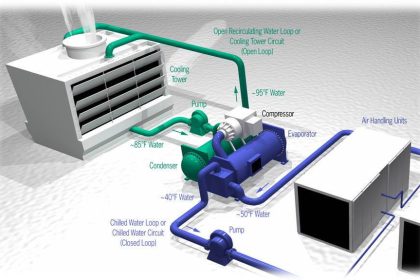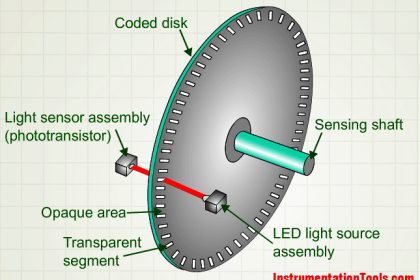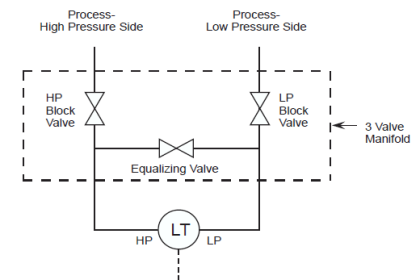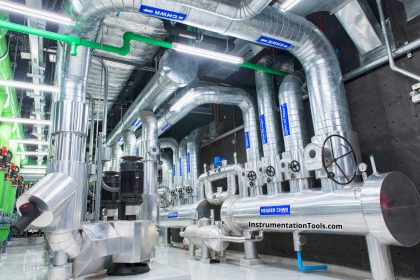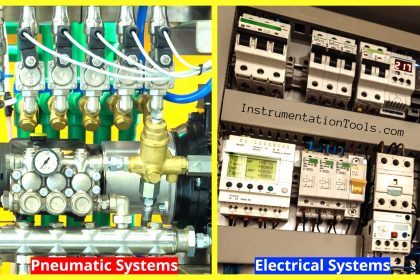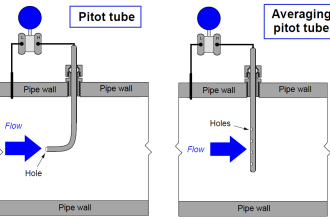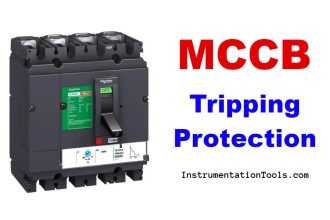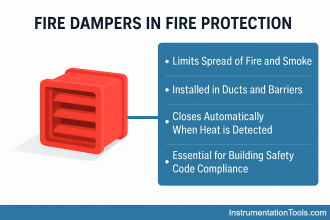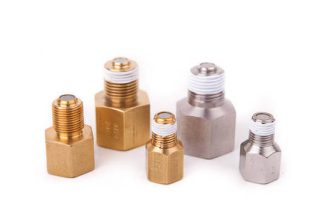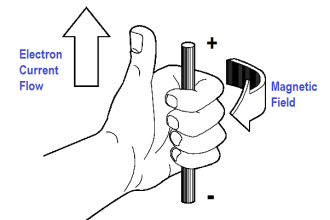In this post, we will learn the heat transfer loops in the HVAC system.
HVAC system works on heat transfer theory. Basically, there are various processes in HVAC where the heat exchange takes place to cool the medium (water or air).
Without this heat exchange, it is not possible to attain the required temperature. In this post, we will see the various heat transfer loops in the HVAC system.
What is Heat Exchange?
According to the second law of thermodynamics, heat transfer takes place from a body at high temperature to a body at low temperature.
So, if you are making contact with a hotter body with a relatively cooler body, then the cooler body will get the heat from the hotter body. Thus, the temperature of the hotter body will start to decrease gradually and the temperature of the cooler body will start to increase gradually.
Simply put, what happens when you touch a hot pan in cold water? The hot pan relatively becomes cooler as it has transferred its heat to the cold water. This is heat exchange.
We need to know the temperature and flow rate of the medium in which we will implement heat exchange. Heat exchange works with air, water, oil, or water glycol.
You need to consider the maximum temperature crossover or a point at which heat exchange will stop working. This will define the efficiency of heat transfer, and thus the overall system.
Heat Transfer Loops in an HVAC system
In an HVAC system, there are five general types of heat transfer loops. If any issue occurs in any of the loops, then the whole system will be affected. So, it is important to maintain all these 5 loops. Let us have a look at each of these loops step by step.
Refer to the below image for understanding:
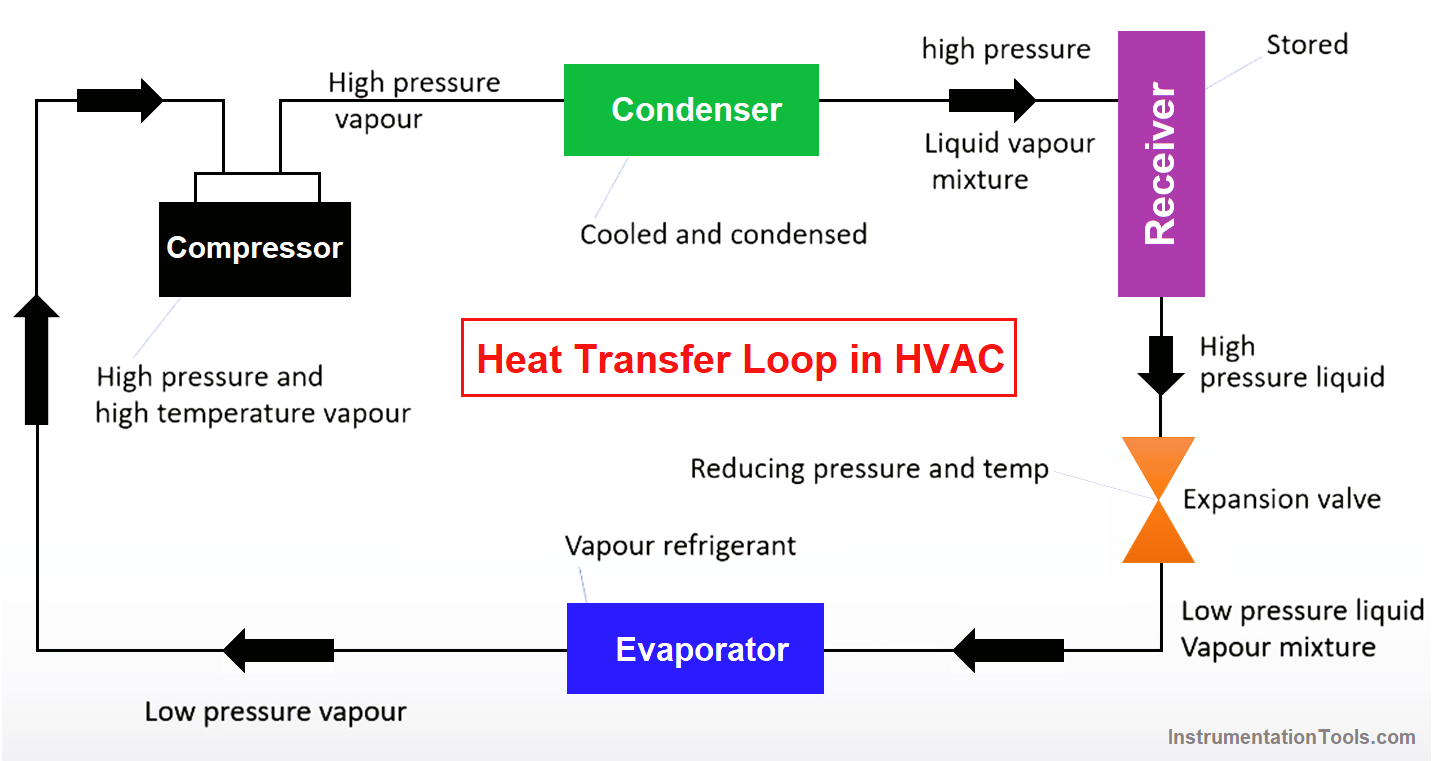
Indoor Air Loop
If you want to cool air, then the warm air will be passed through evaporator cooling coils. In these coils, the refrigerant gas is flowing.
The air will be given by a supply blower, due to which heat exchange will take place between warm air and cooler refrigerant gas.
The temperature of the air will decrease and this relatively cooler air will be taken out of the evaporator coil to the area where it is required.
Chiller Water Loop
If you want to cool water, then the warm water will be passed through evaporator cooling coils. In these coils, the refrigerant gas is flowing.
The water will be given by a chiller pump, due to which heat exchange will take place between warm water and cooler refrigerant gas.
The temperature of the water will decrease and this relatively cooler water will be taken out of the evaporator coil to the area where it is required.
Refrigerant Loop
The warm refrigerant thrown by the evaporator cooling coils is given to the compressor.
The compressor compresses this gas which makes it of a very high temperature and pressure. The output is then given to condenser coils.
Condenser Water Loop
The hot refrigerant gas passes through coils in the condenser, where it makes contact with the cooling water given by the cooling tower.
This decreases the temperature of the gas and the heat is transferred to the cooling water which becomes warmer now.
The warmer water is then pulled by cooling water pumps back to the cooling tower.
Cooling Tower Loop
The warm water from the condenser makes contact with the air drawn by cooling tower fans. This decreases the temperature of the water and the heat is transferred to the surrounding air which becomes warmer now. The cooler water is again given back to the condenser.
These are the five general heat transfer exchange loops in the HVAC system. In this way, we saw the various heat transfer loops in the HVAC system.
Read Next:
